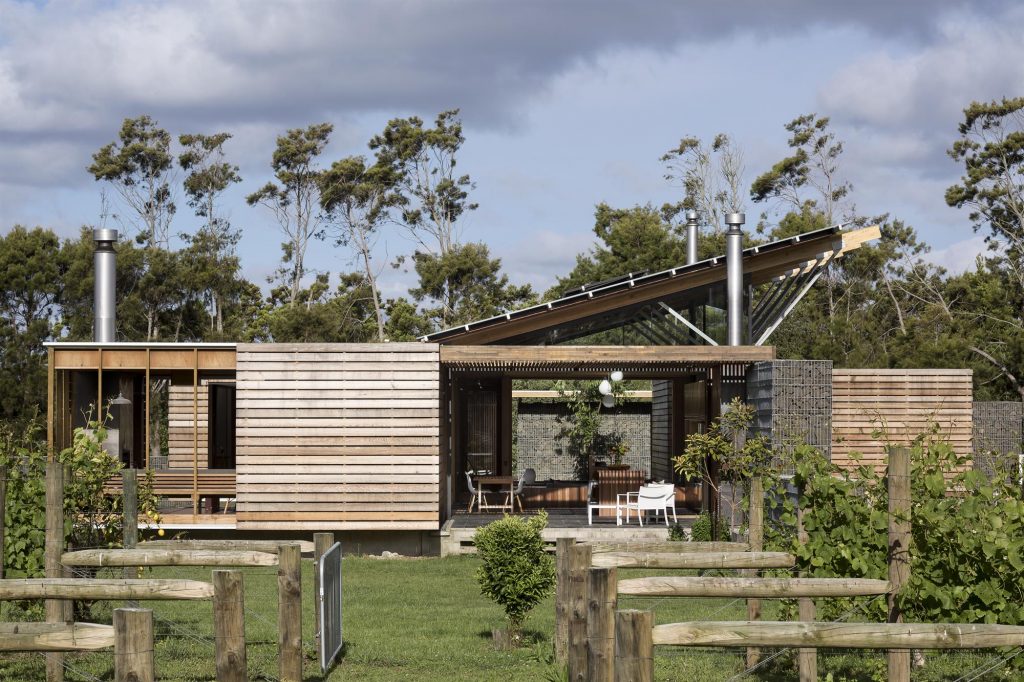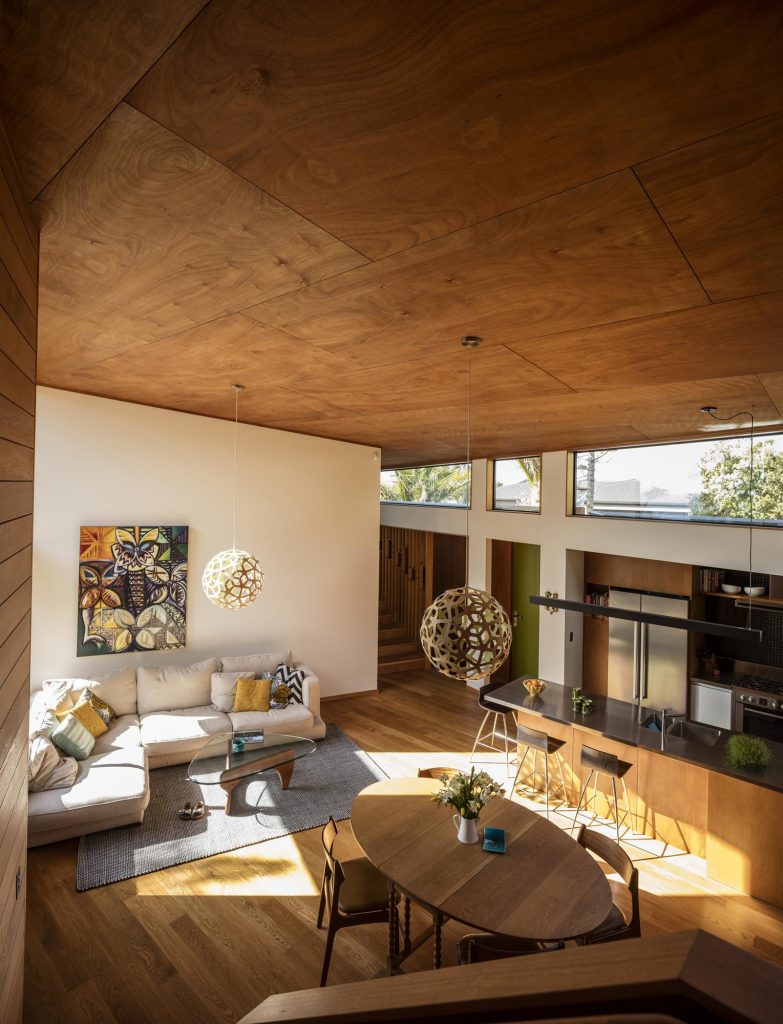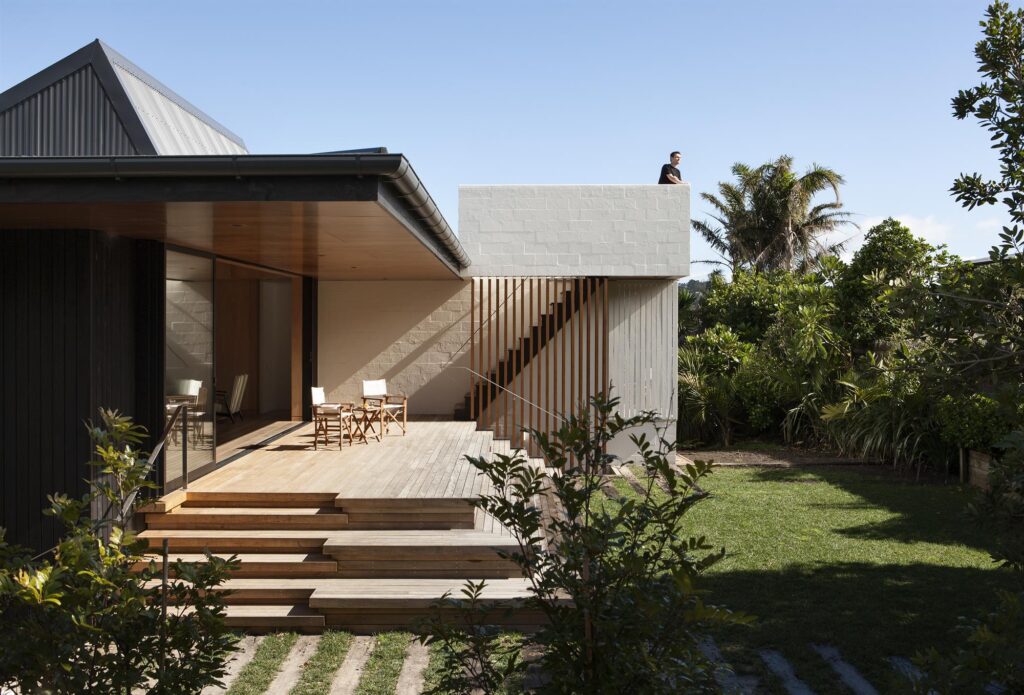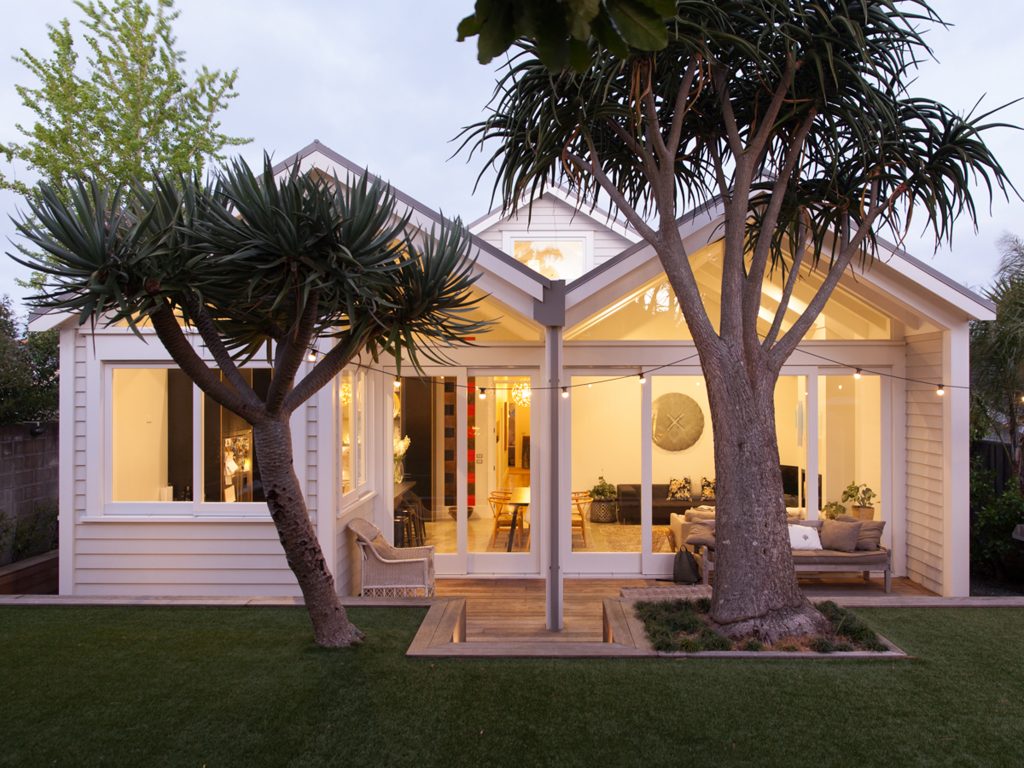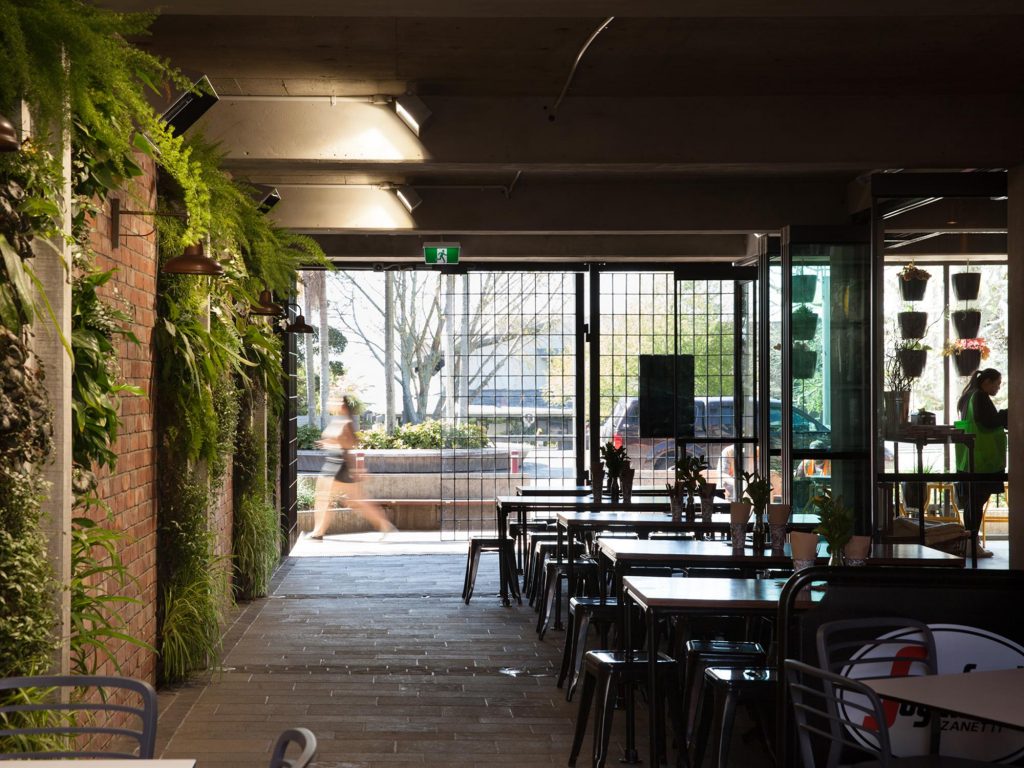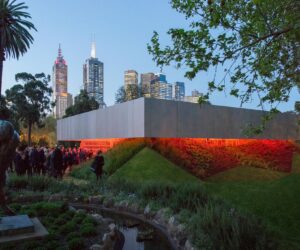Auckland’s best buildings named
Projects ranging from a brightly coloured bike path built from a bit of old motorway to a temporary installation at an inner-city church, from reworked heritage buildings to a new and already much-loved library, and from idyllic houses to a small mausoleum are among this year’s recipients of Auckland Architecture Awards.
The Awards were announced on April 28 at an event at Onehunga Heliport. The convenor of the awards jury, architect Michael O’Sullivan, said the winning projects in the peer-reviewed awards programme, which is conducted by the New Zealand Institute of Architects, set the standard for good architecture in Auckland and Northland.
“Our part of New Zealand is blessed with a landscape full of potential for architectural work relevant to its surroundings,” O’Sullivan said.
“We really don’t know how lucky we are. The variety of the region’s topography and the transitions between landscapes are the starting points for much of the great work we saw.”
O’Sullivan undertook a tour of all 48 projects shortlisted for Auckland Architecture Awards with fellow jury members and architects Briar Green, Anne Salmon and Patrick Sloan. In total, 112 projects were entered into the awards.
“We saw a lot of accomplished work,” O’Sullivan said. “It’s clear that increasingly ambitious and knowledgeable clients are being well-served by talented architects practicing with real care and insight.”
Providing further evidence of a traditional strength of New Zealand and local architecture, 15 Awards – nearly half of the total – have gone to housing projects. Most of the Award winners in the residential categories, which include alterations and additions as well as new houses, are located in Auckland city.
O’Sullivan said domestic design projects, such as the E-Type House by RTA Studio, Omahu Road and City Beach House, both by Fearon Hay Architects, and ValleyM by McKinney + Windeatt Architects, show how new buildings can be sensitively inserted into neighbourhoods with heritage qualities.
O’Sullivan added that another Award-winner, the Maidstone Studio by bell + co architecture and Andrew Kissell, is a very engaging example of home-building in an inner-city, mixed-use neighbourhood where the challenges of tough surroundings are offset by a zoning regime that allows for buildings to fully occupy their sites.
The 2016 Auckland Architecture Awards reveal that one housing category remains relatively weak in quality even as its quantity is rapidly increasing.
“Good multi-unit housing is desperately needed in Auckland,” O’Sullivan said, but many of the developer-driven projects of this type are mediocre. “It’s important, given the scepticism around intensification, that Aucklanders are presented with good examples of multi-unit or apartment buildings.”
Two apartment buildings that rise above the pack are Altera and Ilico Apartments, both designed by Warren and Mahoney Architects.
Another architectural type that has seen much recent activity but yielded a disappointing level of distinction is commercial building. O’Sullivan said that Central Park One, designed by Architectus on a site on Great South Road, is a standout project in a tough category.
On a brighter note, the Awards jury described #LightPathAKL, a ribbon of hot pink that cuts a trail for cyclists and pedestrians through the heart of Auckland’s ‘Spaghetti Junction’, as “an heroic achievement” that provides a symbol of “optimism, ambition and progression” to the wider city.
Another winning project in the public realm had more than its fair share of criticism before opening to a welcoming reception. O’Sullivan said that Te Pātaka Kōrero o Te Hau Kapua – Devonport Library, designed by Athfield Architects for a site on Devonport’s seaside reserve, “won over many of the knockers with its open, accessible planning, connection to street and park, and low-key impact”.
O’Sullivan said the jury was impressed by two unusual projects: an installation designed by Warren and Mahoney and using artwork by Max Gimblett, that raised funds for the preservation of St David’s church, Grafton; and a mausoleum in Waikumete cemetery designed by Architect Associates.
“These surprising projects show that architecture, while attending to its many responsibilities, retains its capacity to delight,” O’Sullivan said.
All winners of 2106 Auckland Architecture Awards are listed below. These projects are eligible for shortlisting in the New Zealand Architecture Awards, which will be decided later in the year, and announced in November.
Full list of winners:
Commercial Architecture
Central Park One, Ellerslie by Architectus ()
Brothers Brewery & Juke Joint BBQ, Kingsland by Metropolitan Architecture Studio (photo: Wendy Brandon)
Education
Augusta Building, Auckland Grammar School, Epsom, by Architectus (photo: Sam Hartnett)
St Cuthbert’s College Centennial Centre for Wellbeing, Epsom, by Architectus and Architecture HDT in association (photo: Simon Devitt)
Enduring Architecture (Conferred upon buildings more than 25 years old that have stood up well to the tests of time)
Lush Family Home, Remuera. (photo: Sam Hartnett)
Heritage
The Orange, Newton, by Crosson Clarke Carnachan Architects & Tonkin Zulaika Greer Architects in association, and Dave Pearson Architects (photo: Patrick Reynolds)
Hospitality & retail
Fortieth & Hurstmere, Takapuna, by McKinney + Windeatt Architects (photo: David Straight)
Housing
Number 5, Waiheke Island, by Architectus (photo: Simon Devitt)
Omahu Road, Remuera, by Fearon Hay Architects (photo: Simon Wilson)
City Beach House, Takapuna, by Fearon Hay Architects (photo: Simon Wilson)
Maidstone Studio, Grey Lynn, by bell + co architecture and Andrew Kissell (photo: Simon Devitt)
Bramasole, Waimauku, by Herbst Architects (photo: Patrick Reynolds)
Tawini House, Titirangi, by Megan Edwards Architects (photo: Sam Hartnett)
E-Type House, Grey Lynn, by RTA Studio (photo: Patrick Reynolds)
Te Hihi, Karaka, by SGA – Strachan Group Architects (photo: Simon Devitt)
Lang’s Cove House, Lang’s Beach, by Bossley Architects (photo: Simon Devitt)
Housing – additions and alterations
Salisbury House, Herne Bay, by Godward Guthrie Architecture (photo: Patrick Reynolds)
ValleyM, Herne Bay, by McKinney + Windeatt Architects (photo: David Straight)
Belmont Garden Room, Belmont, by Mitchell & Stout Architects
Jones House Alterations, Mt Eden, by Stephen Jones Architects (photo: Kallan Macleod)
Herne Bay House Alteration by Gerrad Hall Architects (photo: Tash Hopkins)
Albany House Alteration by Gerrad Hall Architects (photo: Tash Hopkins)
Housing – multi unit
Altera, Stonefields, by Warren and Mahoney Architects (photo: Patrick Reynolds)
Ilico, Stonefields, by Warren and Mahoney Architects (photo: Patrick Reynolds)
Interior architecture
Rosie, Parnell, by McKinney + Windeatt Architects (photo: Sam Hartnett)
Planning and Urban Design
#LightPathAKL, Central Auckland, by Monk McKenzie and LandLAB, in association
(photo: Russ Flatt)
Canada Street Bridge, Central Auckland, by Monk McKenzie and Novare Design, in association (photo: Mark Scowen)
Public architecture
Te Pātaka Kōrero o Te Hau Kapua – Devonport Library, by Athfield Architects
(photo: Jason Mann)
Waikumete Mausoleum, Glen Eden, by Architect Associates (photo: Simon Devitt)
Seaside Cabins, Rawhiti, by Rowe Baetens Architecture and Noel Lane Architects, in association (photo: Sam Hartnett)
Studio & Garden Room – Peter’s House, Sunnyhills, Lynda Simmons Architect
The Art of Remembrance: St David’s Church Installation, Newton, by Warren and Mahoney Architects
